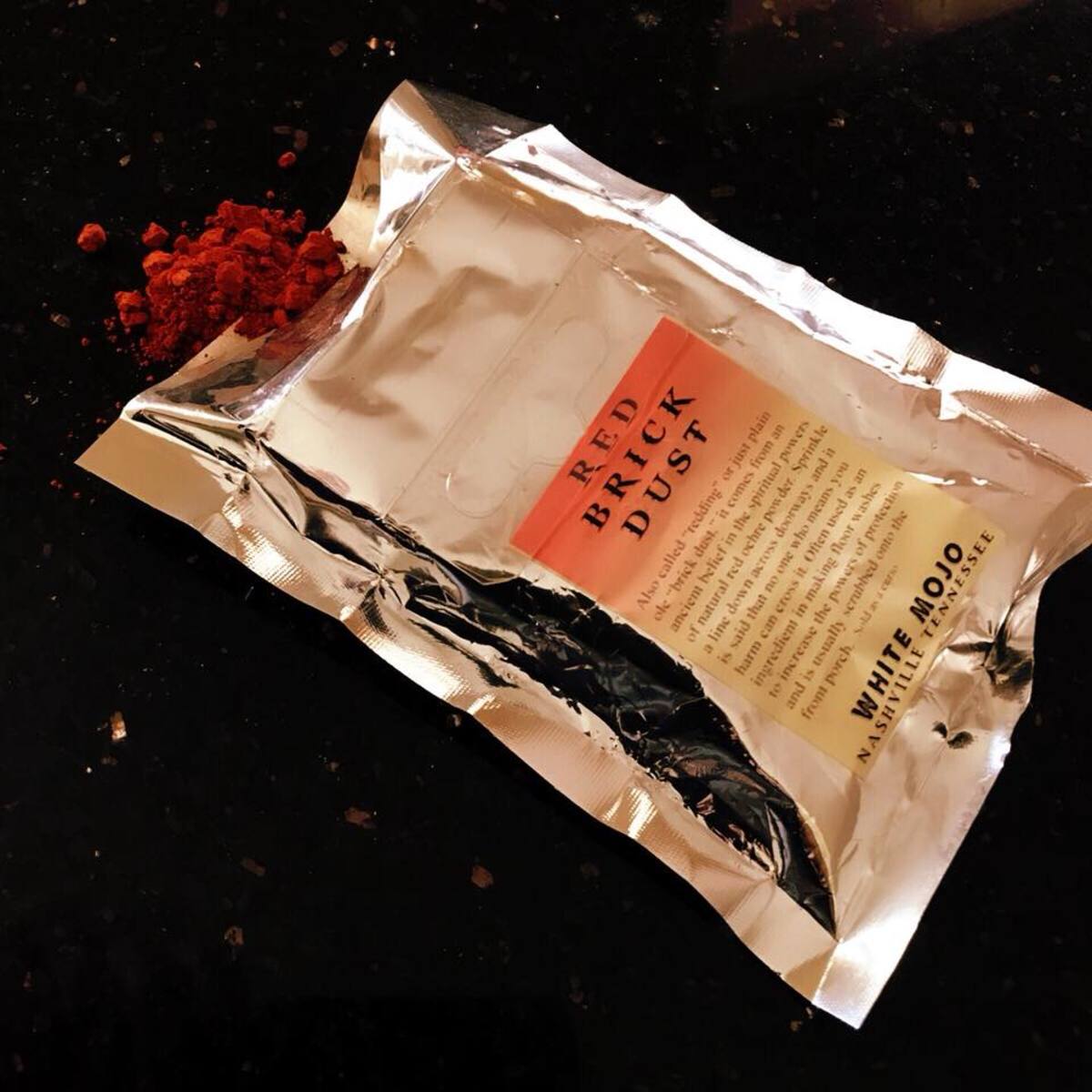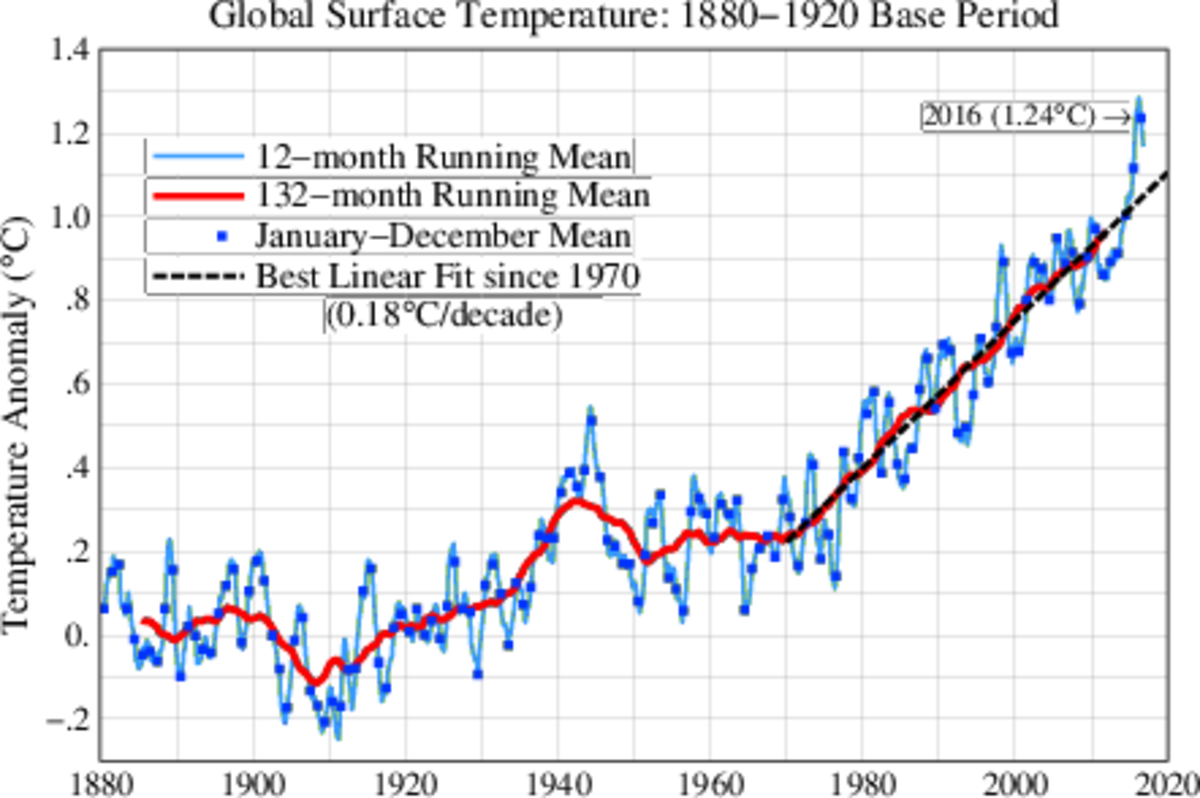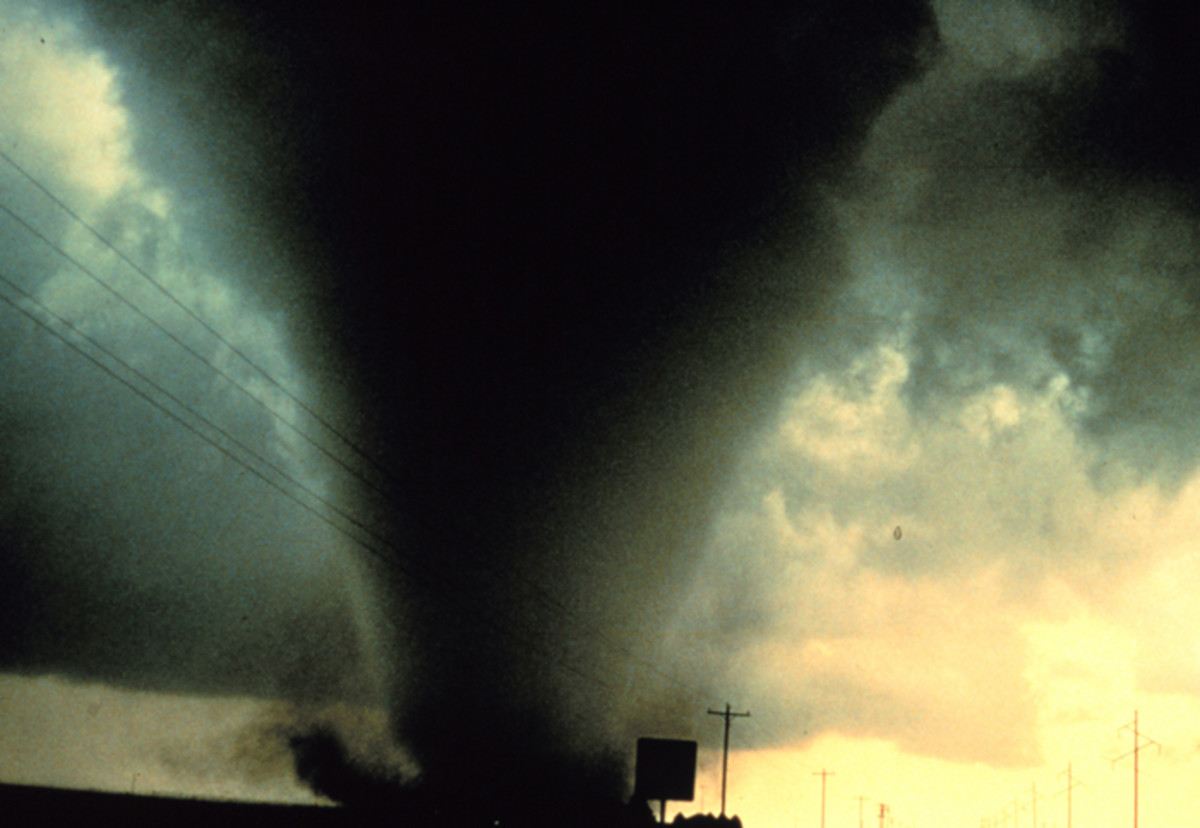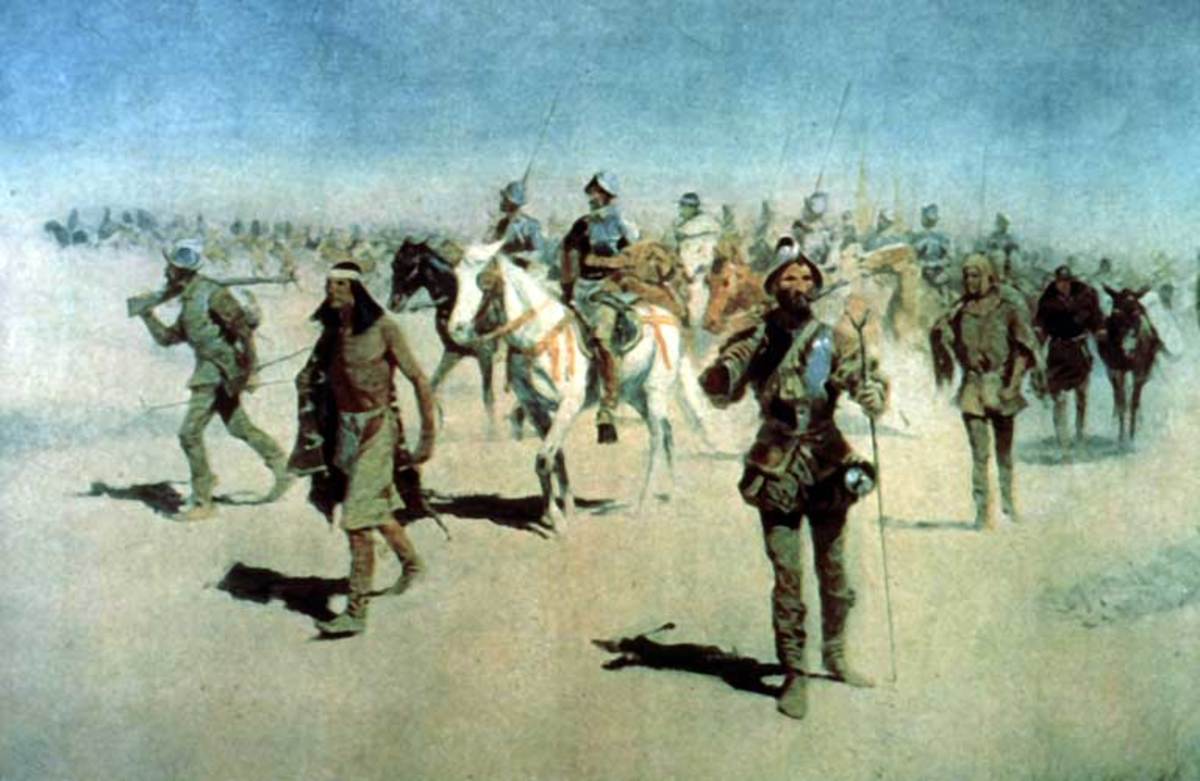Of Storms and Red Skies
There are many sources for red skies, such as the effects of a long drought and wind
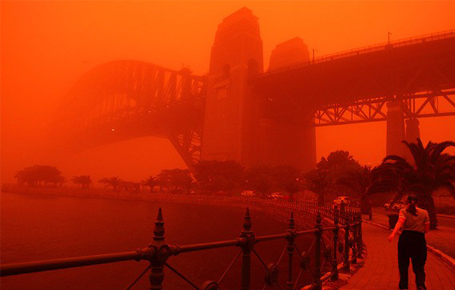
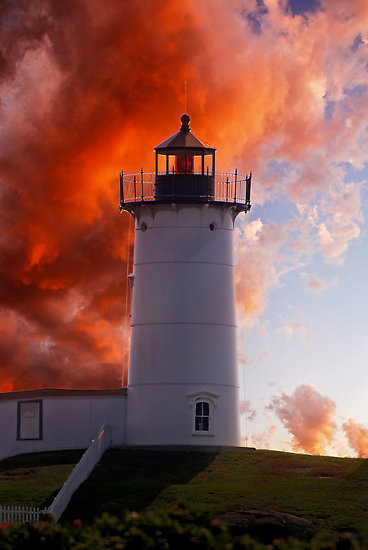
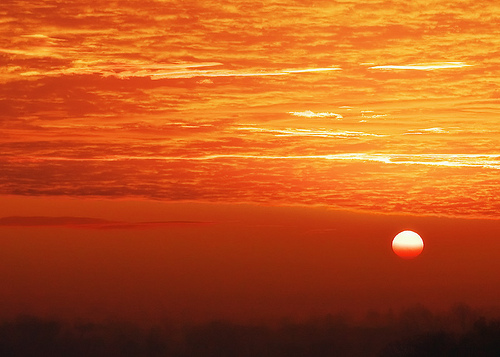
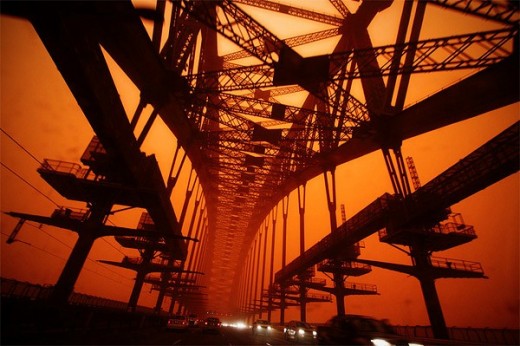
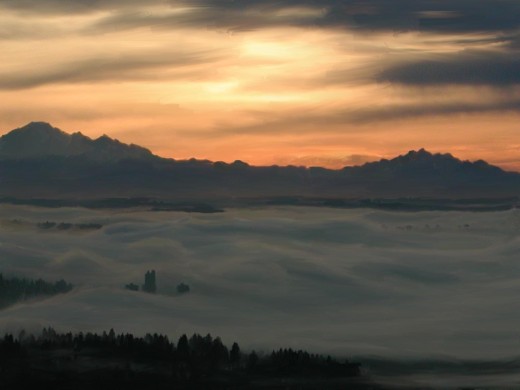
Red dawns have many causes and often are not precursor to storms
We have often heard that red skies before night is a sailor's delight while red skies at morn, sailor be warned. This has its origins for our culture in the pages of the Bible. But this idea is not universally true nor is it applicable to all climes. It is not even universal for the area of origin, as the weather is a phenomenon based on many variables. These include global cooling or warming, sun-spot cycles, atmospheric obscuration and effects from oceanic changes such as El-Nino.
Looking back into fairly recent history, we can see depictions in art by the British artist Turner who painted many a bright red sunset and sunrise theme. These sunrises were the result of a volcanic explosion half a world away in the Sudra Strait of Java, the home of the legendary volcano Krakatau. In 1883, there was a large explosion that injected a lot of fine dust into the stratosphere. In 1815, Tambora did the same thing. This had two effects; the cooling of world temperatures for a few years and the reddening of skies at dawn and dusk. These were not ordinary sunsets or sunrises as we may know, but they were spectacular enough to inspire poets, writers and landscape painters. Unfortunately, color photography did not exist at the time, so we have to rely on descriptions by the artists, poets and writers. Except for the fact that there were cooler summers for a few years, there were no horrific storms after a red sunrise on a regular basis. As the atmosphere had a lot of dust, spectacular sunsets and sunrises were the norm every morning for about a decade. Certainly not every day was accompanied by storms. Somewhere when the storm season was at hand, but the storm season did not last all year round. For most parts of the world, the existence of red skies does not bode bad weather. Consider the deserts that have nothing but sunshine for almost every day of the year. Except for the occasional dust storms, red skies do not bode ill regarding storms.
Global warming due to greenhouse gasses may induce more storm activity and of a more violent variety, but greenhouse gases as a rule don't make the sky red in the twilight hours. It takes dust to create the effect. Greenhouse gasses trap heat which increase evaporation from the oceans and this means more storms when the moist air is forced to cool at more temperate and polar oriented latitudes. The color of twilight hours has nothing to do with this cycle.
Another culprit in stormy skies is linked to the sunspot cycle. The more sunspots there are, the warmer the weather and hence more evaporation. It often takes a year or two after a sun spot minimum for moisture and heat to accumulate in order to trigger more storms. Red twilight skies may or may not be present. Evidence exists in ice fields and sediment deposits of the average eleven year sunspot cycle. Patterns that correspond to solar cycles can be found in both regions. Cooler weather is associated with low sunspot counts. Sometimes decades or centuries will pass with a no show for sunspots. These correspond to mini ice ages of history.
Dust storms from far away can lost dust into the atmosphere and create red skies locally and far away. Dust often has an iron content and this is what gives a reddish hue during dust storms. The same dust blown up by volcanic activity causes red skies.
Pollution from human activities often colors the sky in shades of brown, but other than obscuring the sun and cooling the area below the obscuration, there is no relation to pollution colored skies and bad weather. The Kuwait oil fires of 1991 did not produce red skies even though global temperatures dropped slightly after the burring of billions of gallons o crude oil dumped massive amounts of soot into the skies. The pollution initially cooled the world, but when the dust settled, the additional carbon contributed to greenhouse warming. Most of the hottest years on record are after 1991. Storm activity intensified, but oil burning will blacken and brown skies, not create red twilight.
El-Nino and El-Nina act in a see saw fashion in changing storm and drought activity around the planet. This has to do with ocean surface temperature changes in the Pacific Ocean that change from hot to cold to hot in a cyclic fashion. The color of twilight has nothing to do with this cycle at all and color changes are subject to other cycles like volcanic ones and human pollution.
The weather has at its root, the energy put into the Earth's ecosystem by the sun. How the sunlight is able to act on the hydrological cycle is dependent on a host of simultaneous factors as described above in all its permutations and combinations. Red skies may or may not be associated with storms when all this is considered.

